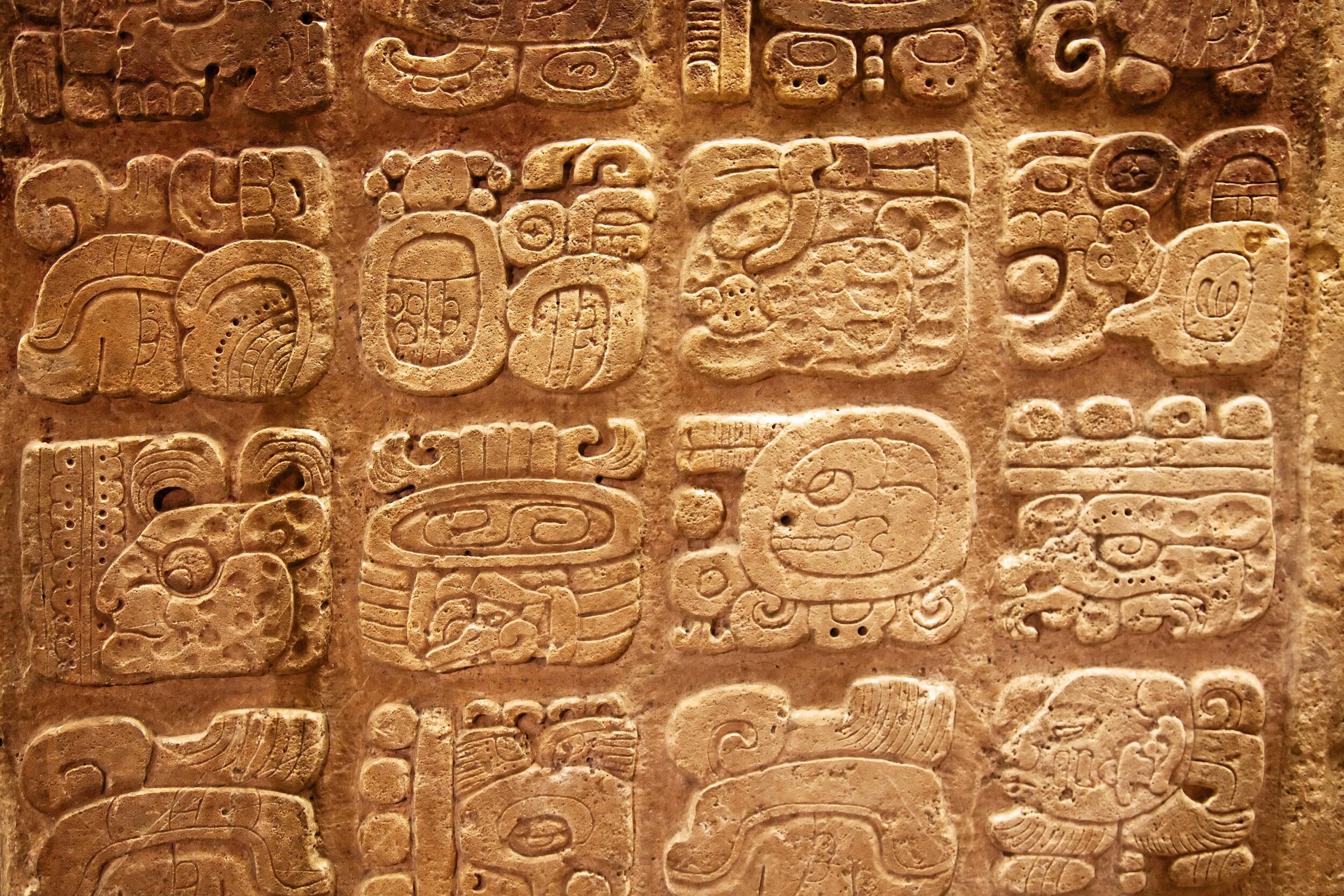Between the years 800 and 1000, Maya civilization experienced a profound political and demographic crisis during which many cities were abandoned. However, during this same period, the Maya city of Ucanal, located in present-day Guatemala, was flourishing.
Christina Halperin, an anthropology researcher at the Université de Montréal, analyzed water management structures in the archaeological site of Ucanal. Water management is a particularly important issue in a context where a climate crisis marked by frequent drought is often presented as one of the key factors in the collapse of the Classic Maya civilization.
A topographical survey of the site, an analysis of the watersheds and a series of field surveys show that Ucanal's infrastructures were not only designed to store water to get through dry periods: on the contrary, the five canals discovered to date were used to drain water away from the city and into the nearby Mopán River to reduce the risk of flooding.
For several years now, perspectives on climate conditions at the end of the Classic Maya period have become more nuanced. Rather than a generalized drought, recent data suggest successive periods of drought, heavy rains and hurricanes. The analysis of Christina Halperin's team tends to support this hypothesis. It shows that the Maya of Ucanal built their water drainage infrastructures at the end of the Classic period: a clear sign that they had to manage heavy rains and not just a lack of water.
Archaeological analysis thus reveals that the water management infrastructures built by the people of Ucanal helped them to face difficult and varied climatic conditions and to prosper during a period in which other Maya towns experienced rapid decline.




